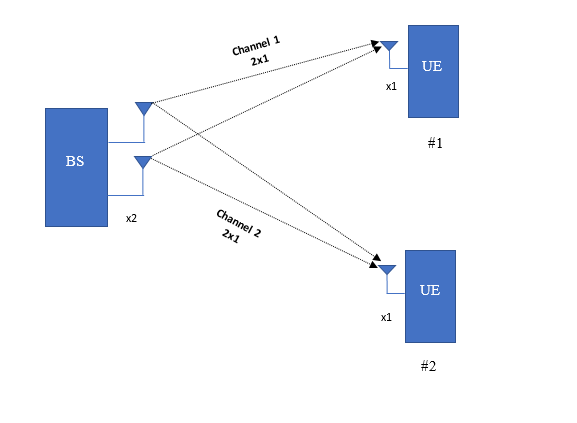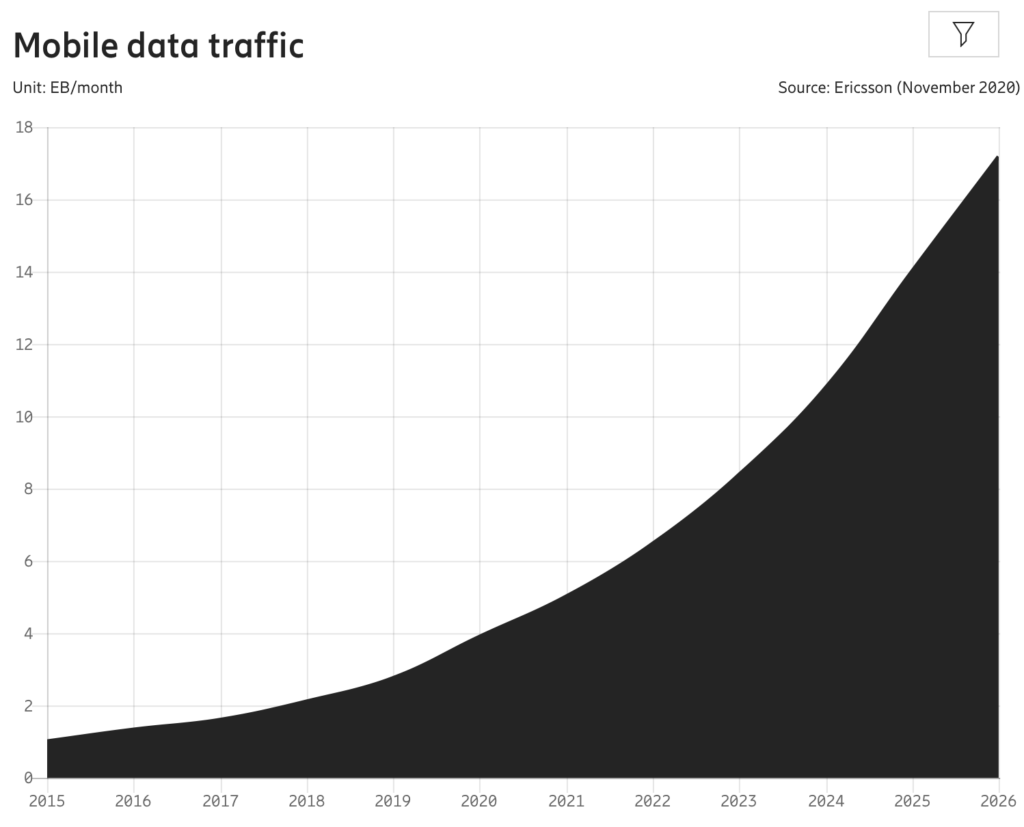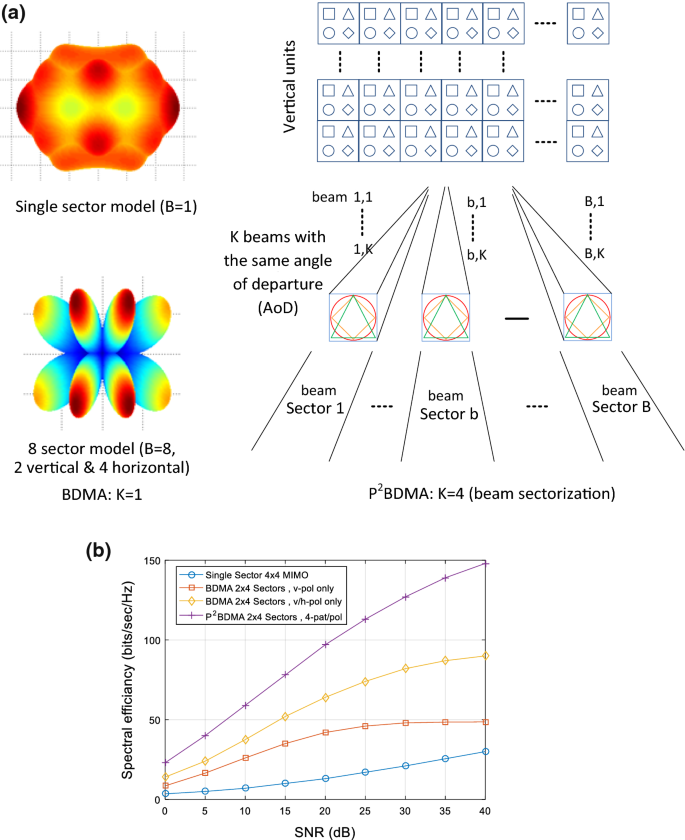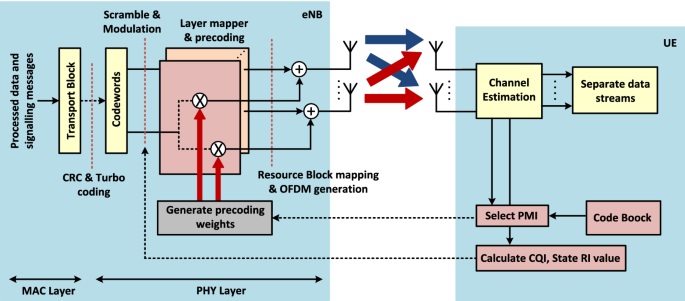

In early September 2017, Ericsson announced the launch of a new FDD (Frequency Division Duplexing) radio with support for 5G and Massive MIMO.

The latter country’s Softbank network deployed the first ever commercial Massive MIMO network towards the end of 2016. Massive MIMO technology is already live commercially in China and Japan within a 4G LTE context. Massive MIMO’s ability to serve multiple users - and multiple devices - simultaneously within a condensed area while maintaining fast data rates and consistent performance makes it the perfect technology to address the needs of the forthcoming 5G era. That’s not even factoring in the huge impact the Internet of Things is predicted to have on our mobile networks. Cisco estimates that by 2020 - when 5G is set to roll out to a mainstream audience - there will be 5.5 billion mobile users around the world, each consuming 20GB of data per month. One of the key roles of any 5G network will be to handle the huge increase in data usage that’s around the corner. Indeed, it’s widely expected that Massive MIMO will be a key enabler and foundational component of 5G. While standard MIMO principles are already in use across multiple Wi-Fi and 4G standards, Massive MIMO will really come into play once 5G arrives. With Massive MIMO and beamforming such a process is handled far more smartly and efficiently, so data speeds and latency will be far more uniform across the network. Current mobile networks are rather dumb in the way they apportion a single pool of spectrum between all users in the vicinity, which results in a performance bottleneck in densely populated area. It should be noted, too, that Massive MIMO networks will utilise beamforming technology, enabling the targeted use of spectrum. The greater number of antennas in a Massive MIMO network will also make it far more resistant to interference and intentional jamming than current systems that only utilise a handful of antennas.

In particular, this will have considerable benefits for obtaining a strong signal indoors (though 5G’s higher frequencies will have their own issues in this regard).

The more antennas the transmitter/receiver is equipped with, the more the possible signal paths and the better the performance in terms of data rate and link reliability.Ī Massive MIMO network will also be more responsive to devices transmitting in higher frequency bands, which will improve coverage. Reports point to considerable capacity improvements, and could potentially yield as much as a 50-fold increase in future. The advantage of a MIMO network over a regular one is that it can multiply the capacity of a wireless connection without requiring more spectrum. For example, Huawei, ZTE, and Facebook have demonstrated Massive MIMO systems with as many as 96 to 128 antennas.Įricsson’s AIR 6468, which the company claims is "the world's first 5G NR radio", uses 64 transmit and 64 receive antennas. There’s no set figure for what constitutes a Massive MIMO set-up, but the description tends to be applied to systems with tens or even hundreds of antennas. Massive MIMO, on the other hand, is a MIMO system with an especially high number of antennas. Standard MIMO networks tend to use two or four antennas. While it involves multiple technologies, MIMO can essentially be boiled down to this single principle: a wireless network that allows the transmitting and receiving of more than one data signal simultaneously over the same radio channel. MIMO stands for Multiple-input multiple-output. But what exactly is Massive MIMO, and why is it so essential to the operation of 5G? What is Massive MIMO? Massive MIMO technology is all set to be a core component of the super-fast 5G networks that will commence rolling out from the end of 2019.


 0 kommentar(er)
0 kommentar(er)
